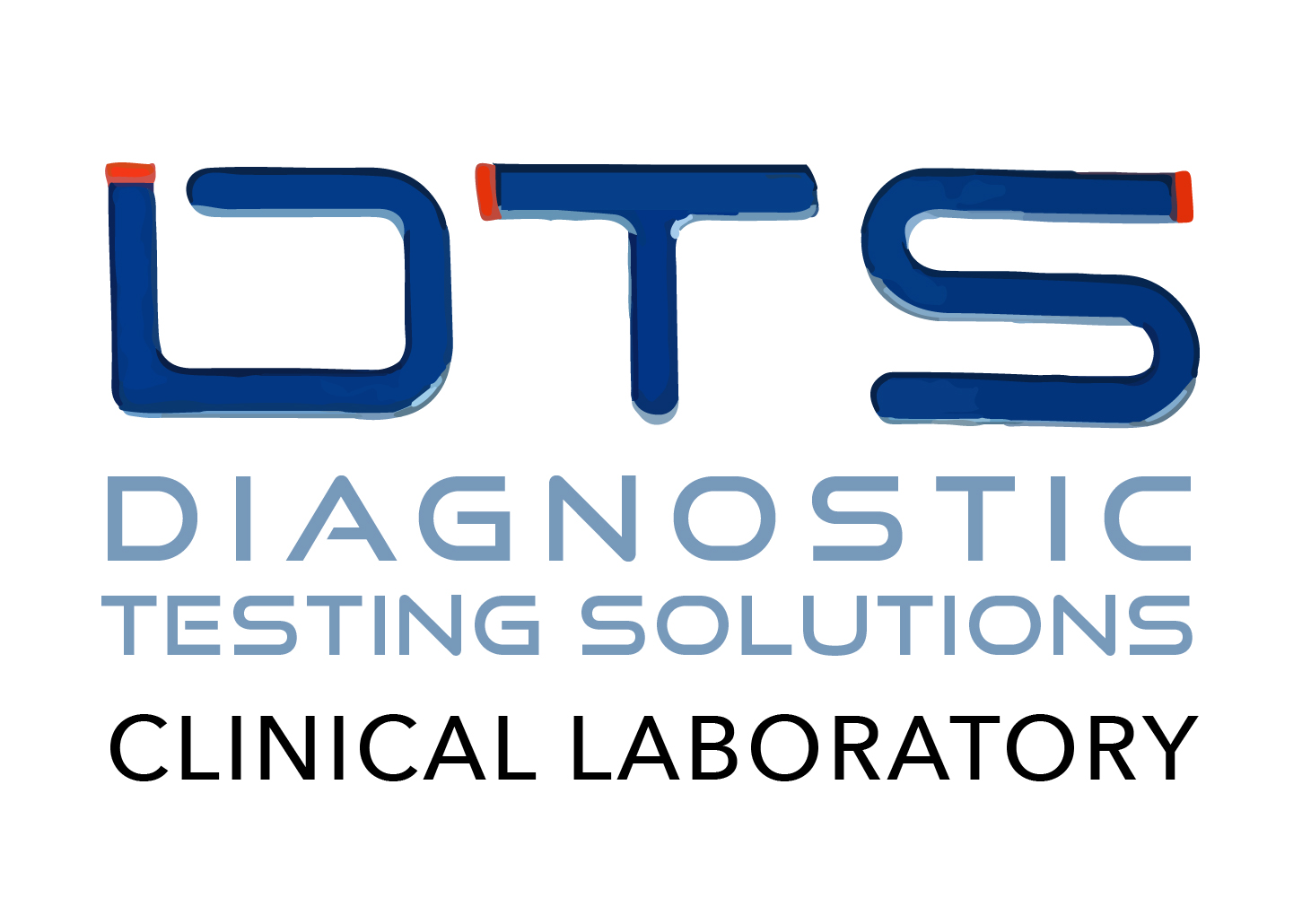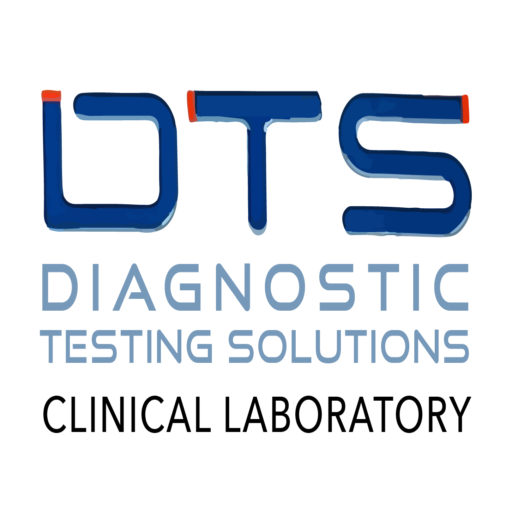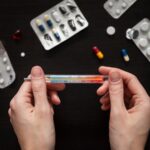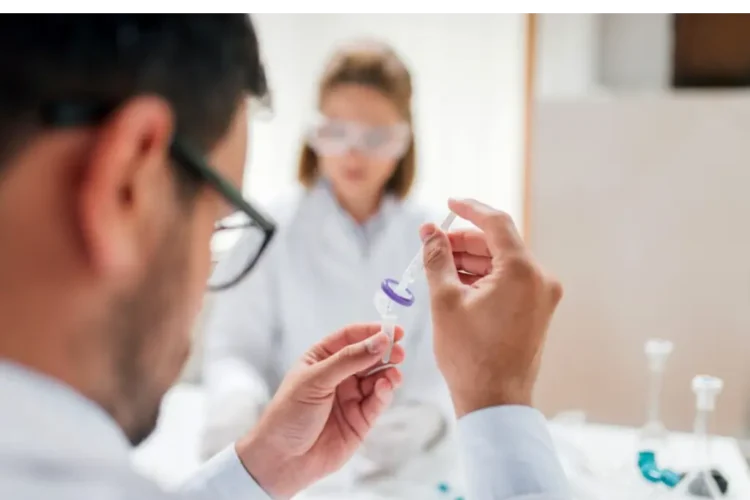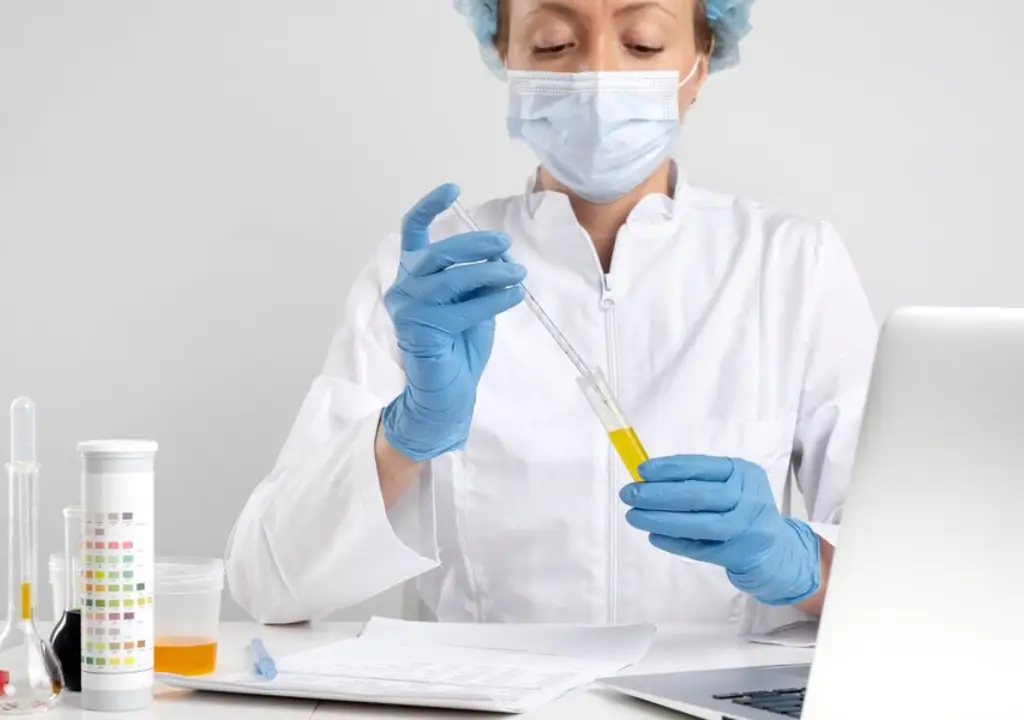
Introduction to STD Testing
STD testing is a crucial aspect of maintaining sexual health, yet misconceptions and anxiety often surround it. Understanding how STD testing works can alleviate fears and provide peace of mind, ensuring that individuals take proactive steps in their sexual health journey.
Sexually transmitted diseases (STDs) are infections that can be passed from one person to another through sexual contact. These infections, if left untreated, can lead to serious health complications. Common STDs include Chlamydia, Gonorrhea, HIV, Syphilis, Herpes, HPV (Human Papillomavirus), and Trichomoniasis. The importance of regular STD testing cannot be overstated, especially for sexually active individuals.
Why is STD Testing Important?
Regular STD testing plays a vital role in early detection and prevention of sexually transmitted infections. Untreated STDs can cause severe health issues, including infertility, chronic pain, and an increased risk of contracting other infections, such as HIV. Moreover, many STDs can be asymptomatic, meaning you might not know you have an infection without testing.
Routine STD testing ensures that infections are detected early, allowing for timely treatment and reducing the risk of transmission to others. This proactive approach is essential for maintaining your health and your partners’ health.
How Does STD Testing Work?
Understanding the STD testing process is key to reducing anxiety and ensuring that you’re well-prepared. The process typically involves an initial consultation with a healthcare provider, where you discuss your sexual history and any symptoms you might be experiencing. Based on this consultation, the healthcare provider will recommend specific tests.
STD testing can involve different methods, including blood, urine, swabs, and PCR tests, depending on the type of infection being tested for. After collecting the samples, they are sent to a lab for analysis. Results are usually available within a few days, although rapid STD testing options can provide same-day results.
Step-by-Step STD Testing Process
Understanding the step-by-step STD testing process helps alleviate any anxiety and ensures you’re fully prepared for what to expect. Knowing what is STD testing is crucial for making informed decisions about your health. This section breaks down each stage, from the initial consultation to receiving your results and follow-up care.
a. Initial Consultation and Risk Assessment
The first step in the STD testing process is an initial consultation with a healthcare provider. During this consultation, it’s important to be honest about your sexual history, including the number of partners, use of protection, and any symptoms you’ve noticed. This information helps the provider assess your risk and determine which tests are necessary.
b. Types of STD Tests
There are several types of tests used to detect different STDs:
- Blood Test for STDs: Commonly used to detect infections like HIV and Syphilis. The test involves drawing a small amount of blood from a vein.
- Urine Test for STDs: Often used to detect Chlamydia and Gonorrhea. You’ll be asked to provide a urine sample, then analyzed in a lab.
- Swab Test: This test involves taking a sample from the affected area, such as the throat, genital area, or rectum, and is commonly used to test for HPV and Herpes.
- PCR Test: Polymerase chain reaction (PCR) tests detect the genetic material of certain infections, such as Trichomoniasis.
c. Sample Collection and Testing
Once the appropriate tests are determined, the next step is sample collection. The method of sample collection depends on the type of test:
- Urine Sample: You’ll be given a sterile container to collect your urine, then sent to a lab for testing.
- Blood Sample: A healthcare professional will draw a small amount of blood from your arm, which is then tested for various infections.
- Swab Test: A swab collects a sample from the affected area.
The collected samples are sent to a lab for testing, where they are analyzed for the presence of STDs.
d. Receiving Your Results
Once the tests are completed, you will receive your results. Depending on the type of test, results can be available within a few days. Rapid STD testing can provide results on the same day. It’s important to understand that no test is 100% accurate, and there is a small chance of false-positive or false-negative results.
e. Counseling and Follow-Up
If your test results are positive, counseling services can help you understand your diagnosis and discuss treatment options. It’s also important to notify any sexual partners so they can get tested and treated if necessary. Follow-up testing may be recommended to ensure the infection has been successfully treated.
Different Types of STD Tests
There are various types of STD tests available, each designed to detect specific infections. Comprehensive STD testing often involves multiple tests to check for a range of STDs. This approach detects all potential infections, providing a clear picture of your sexual health.
Lab-based testing is typically more thorough and accurate than at-home testing kits, but at-home kits offer convenience and privacy. These kits allow you to collect samples in the privacy of your home and send them to a lab for analysis.
FDA-approved tests are widely recognized for their accuracy and reliability, making them a trusted option for those seeking STD testing.
Confidential and Anonymous STD Testing
Confidential STD testing ensures that your privacy is protected throughout the process. Your test results and any related information are kept private and shared only with you and your healthcare provider.
Anonymous STD testing takes privacy a step further by not requiring your name or personal information. This type of testing is available at certain clinics and can be a good option for those concerned about privacy.
Services like Planned Parenthood offer confidential testing and counseling, providing a safe and supportive environment for individuals seeking STD testing.
Home STD Testing Kits
Home STD testing kits have become increasingly popular due to their convenience and privacy. These kits allow you to collect samples at home and send them to a lab for testing. The process is simple:
- Order a kit online.
- Follow the instructions to collect the sample.
- Mail it back to the lab.
Results are typically available within a few days.
While home testing kits offer convenience, it’s important to understand their limitations. Lab-based testing may be less comprehensive than home testing kits, and there is a small chance of inaccurate results. However, they can be a good option for initial screening or for those who prefer to test in the privacy of their home.
Interpreting Your STD Test Results
Receiving your STD test results can be an emotional experience, especially if the results are positive. It’s important to remember that a positive result is not the end of the world. Many STDs are treatable, and early detection is key to successful treatment.
If your test results are negative, it’s a good idea to continue regular testing, especially if you are sexually active. A negative result means that no infection was detected at the time of testing, but it’s important to continue practicing safe sex and getting tested regularly.
Common STDs and Their Specific Tests
Different STDs require different testing methods. This section covers the most common STDs, including Chlamydia, Gonorrhea, HIV, Syphilis, Herpes, and HPV, detailing how each is tested and what the results mean for your health.
a. Chlamydia and Gonorrhea
Chlamydia and Gonorrhea are two of the most common STDs, and they are often tested together. These infections can be detected through urine tests or swab tests. Treatment typically involves a course of antibiotics, and follow-up testing is recommended to ensure the infection has been cleared.
b. HIV and Syphilis
HIV and Syphilis are serious infections that require early detection for effective treatment. Blood tests are commonly used to detect these infections. For HIV, an antibody test can detect the presence of HIV antibodies in the blood. In contrast, Syphilis can be detected through a blood test identifying antibodies or bacteria.
c. Herpes and HPV
Herpes and HPV are viral infections that can be detected through swab tests and PCR tests. Herpes is often diagnosed based on symptoms and confirmed with a swab test, while HPV is typically detected through a swab test, such as a Pap smear for women. These infections have no cure, but treatments are available to manage symptoms.
What to Do After Receiving STD Test Results
After receiving your test results, taking appropriate steps based on the outcome is important. If your results are positive, follow your healthcare provider’s recommendations for treatment and notify any sexual partners. Early treatment can prevent complications and reduce the risk of spreading the infection to others.
If your results are negative, continue practicing safe sex and consider regular testing to maintain your sexual health. Prevention is key to avoiding future infections.
Preventing Future STDs
Preventing future STDs involves a combination of regular testing, safe sex practices, and, in some cases, vaccinations. Using condoms, reducing the number of sexual partners, and having open communication with your partners about sexual health can all help reduce the risk of STDs.
Vaccines, such as the HPV vaccine, can prevent certain infections. Staying informed and proactive about your sexual health is essential for long-term well-being.
The Role of the CDC and FDA in STD Testing
The CDC plays a critical role in setting guidelines for STD testing, ensuring that testing practices are based on the latest scientific evidence. The FDA (Food and Drug Administration) is responsible for approving tests and ensuring they meet rigorous standards for accuracy and reliability.
These organizations work together to ensure that STD testing is safe, effective, and accessible.
Conclusion
STD testing is an essential aspect of maintaining your sexual health, offering reassurance and helping to catch infections early when they are most treatable. By familiarizing yourself with the types of STD tests, you can reduce anxiety and take charge of your well-being. Whether you opt for clinic-based testing or the convenience of home kits, regular screening is key to preventing the long-term health issues associated with untreated sexually transmitted diseases.
Taking a proactive approach to STD testing not only protects your health but also supports the well-being of your partners. Safe sex practices, open communication, and routine testing are fundamental steps in preventing the spread of infections. By prioritizing your sexual health, you can enjoy greater peace of mind and contribute to a healthier community.
FAQ’s
How do you test if you have an STD?
STD testing involves a healthcare provider collecting samples such as urine, blood, or swabs from affected areas, which are then analyzed in a lab to detect infections.
Are STD tests painful?
Most STD tests are not painful. Blood tests may cause mild discomfort, and swab tests might feel slightly uncomfortable, but the procedures are generally quick and manageable.
How do STD test results work?
STD test results indicate whether an infection is present. If positive, the results will specify which STD you have, and your healthcare provider will discuss treatment options. Negative results mean no infection was detected.
What are the five symptoms of an STD?
Common symptoms of STDs include unusual discharge, burning during urination, sores or bumps on the genitals, itching, and pelvic pain.
What types of tests are used for STD testing?
STD testing can include urine, blood, swabs, and PCR tests, depending on the specific infection.
What happens if an STD test is positive?
If your STD test is positive, your healthcare provider will discuss treatment options and recommend notifying your sexual partners. Follow-up testing may be needed to ensure the infection is fully treated.
